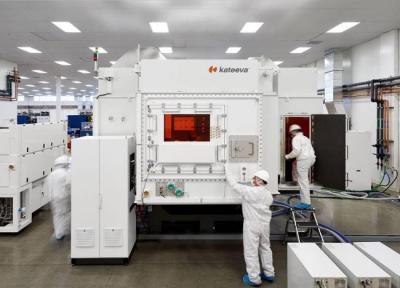OLED inkjet printing developer Kateeva announced that it has established a strategic partnership with high-index material maker Pixelligent Technologies. The collaboration aims to optimize the light output efficiency by inkjet-printing of planarization layers over microlens arrays.

Collaboration Aims to Optimize Light Output Efficiency in Mobile Phones with Inkjet-Printed Planarization Layer over Microlens Arrays. To increase the efficiency, the companies suggest using a patterned structure followed by an inkjet-printed high-refractive index filling and planarization layer which enables more light from the OLED layer below to reach the top surface.
In 2018 Pixelligent said it was working with Kateeva for over a year to adapt its materials for inkjet printing. This agreement seems to take the collaboration to a new level and a new application for both companies.
In 2020 Kateeva announced a massive layoff plan, including some of its executives, following the loss of the Samsung QD-OLED printing project. Kateeva received an investment from Chinese investors and the company is now focusing on the Chinese market. It was reported that OLED material printing deposition will no longer be developed at Kateeva - and the company is now solely focused on TFE deposition.

